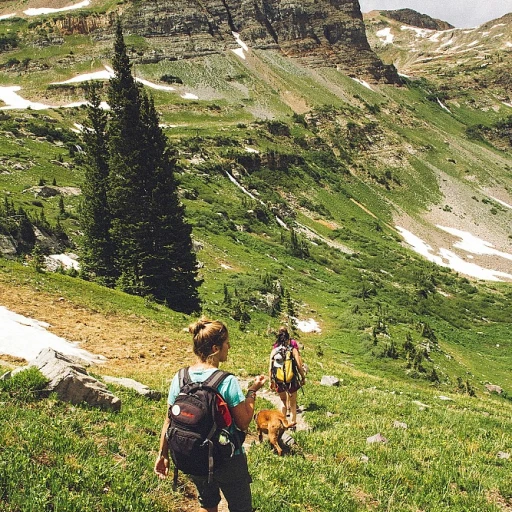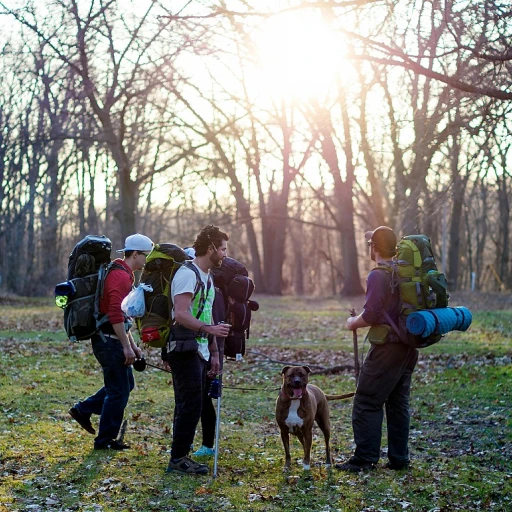
Understanding flat feet and their impact on hiking
What are flat feet?
Flat feet, or fallen arches, occur when the arches of the foot collapse, causing the sole to make complete or near-complete contact with the ground. This condition can result from genetics, injuries, or the gradual weakening of the supporting tendons and ligaments. While some people with flat feet don't exhibit symptoms, others may experience pain, swelling, and fatigue, particularly during physical activities like hiking.
Impact of flat feet on hiking
Hiking involves different terrains, and having flat feet can put added stress on various parts of the body. According to a study by the Journal of Foot and Ankle Research, individuals with flat feet are more likely to experience pain in the lower back, knees, and hips. This additional stress makes it critical to have the right footwear, specifically hiking boots designed to provide adequate support and comfort.
Challenges for flat-footed hikers
One main challenge flat-footed hikers face is the lack of arch support in many hiking boots. Boots without the necessary support can exacerbate the condition and lead to increased discomfort. Furthermore, finding a good fit is crucial. Boots that are too narrow can cause issues, while those that are too wide may not offer the required stability. Lastly, the trail conditions—whether rocky, muddy, or uneven—can worsen the symptoms if proper footwear isn't utilized.
Best practices
To mitigate these challenges, it’s essential to select hiking boots that offer strong arch and ankle support. Look for features like a wide toe box to accommodate the unique shape of flat feet and materials that provide durability and waterproof capabilities. One helpful resource is our ultimate guide to choosing the best pair for your outdoor adventures, which covers essential tips for all hiking enthusiasts, not just those with flat feet.
Key features to look for in hiking boots for flat feet
Look for arch and ankle support
When you're choosing hiking boots for flat feet, you need to prioritize arch and ankle support. Flat feet lack the natural arch that provides balance and stability during hiking. That's why it's crucial to find boots with excellent arch support that can help alleviate pain and discomfort. A study by the American Podiatric Medical Association reveals that people with flat feet are more prone to foot pain, with 25% of them requiring specialized footwear.
Opt for a supportive midsole
The midsole of your hiking boots plays a significant role in providing the necessary support for flat feet. Materials like EVA (Ethylene Vinyl Acetate) or polyurethane are popular choices. They offer shock absorption and reduce the impact on your feet, making your hiking experience much more comfortable. A supportive midsole helps prevent overpronation, a common issue among flat-footed hikers.
Consider a wide toe box
Hikers with flat feet often have wider feet, so a wide toe box is essential to avoid discomfort and blisters. Altra, a leading brand in hiking footwear, designs their shoes with a FootShape™ toe box specifically for this purpose. The extra space allows your toes to splay naturally, providing better balance and reducing pressure on your feet.
Look for a secure lacing system
A well-designed lacing system can make a big difference in the fit and support of your hiking boots. Look for boots with an adjustable lacing system that allows you to customize the fit according to your foot shape. This helps in securing your feet and prevents unnecessary movement, reducing the risk of blisters and hotspots. The Merrell Moab 3, for instance, features a secure lacing system that ensures a snug fit.
Focus on durable and waterproof materials
Flat-footed hikers often exert more pressure on their shoes, leading to quicker wear and tear. Therefore, choosing hiking boots made of durable materials is a wise investment. Brands like Salomon and Lowa Renegade GTX are renowned for their high-quality, durable materials that can withstand rugged terrains. Additionally, having waterproof boots is crucial, as they keep your feet dry, adding to your overall comfort. Check out our guide on women's brown hiking boots for more insights.
Top-rated hiking boots for flat feet: expert picks
Salomon quest gore tex – a dependable choice
When it comes to finding the best hiking boots for flat feet, salomon quest gore tex stands out. These boots are known for their exceptional ankle support and comfort, crucial for flat-footed hikers. They feature a mid gtx design and a roomy toe box to prevent any discomfort during long treks.
Merrell moab 3 – perfect for wide feet
The merrell moab 3 series is another top pick among flat-footed hikers. These boots are engineered with advanced arch support and a cushioned heel to ensure maximum comfort. The moab mid waterproof variant is especially noted for its ability to keep feet dry in wet conditions, making it a reliable choice for those who deal with flat feet and wide feet.
Hoka trail code gtx – lightweight comfort
The hoka trail code gtx is ideal for hikers seeking lightweight hiking boots. These boots offer robust ankle support, thanks to their enhanced cushioning system. The gore tex lining ensures your feet stay dry, while the wide fit provides ample room for flat feet comfort. Hikers with flat feet have reported significant improvement in comfort and reduced pain during hikes.
Altra lone peak – for trail running enthusiasts
Altra lone peak boots are perfect for those who prefer a blend of hiking and trail running. The lone peak wthr mid version offers excellent arch support, crucial for flat-footed hikers. These shoes are designed with a spacious toe box and a unique lacing system, allowing for a customizable fit that enhances foot stability and comfort.
Lowa renegade gtx – unbeatable for durability
The lowa renegade gtx stands out for its durability and support. These boots are equipped with a sturdy sole and robust ankle support, making them an excellent choice for long hikes on rugged terrain. Flat-footed hikers appreciate the consistent performance and comfort these boots deliver, even during extended treks.
Kris hazzard – expert insights
Kris Hazzard, a hiking expert, emphasizes the importance of proper arch support for flat-footed hikers. He suggests considering boots like the merrell moab mid and salomon quest gore tex, which are specifically designed to offer extra support and cushioning. According to Hazzard, choosing the right hiking boots can significantly improve comfort and reduce the risk of injuries associated with flat feet.
Case study: Flat-footed hikers share their experiences
Real stories from flat-footed hikers
Flat-footed hikers often face unique challenges on the trail. To get a real sense of what works, we reached out to experienced trekkers with flat feet who shared their insights and experiences.
Bethany’s journey with the Merrell moab mid waterproof
Bethany, an avid hiker from Southern California, struggled with foot pain until she discovered the Merrell moab mid waterproof. She recalls, “Before switching to the Merrell moab, I could barely finish a hike without feeling intense pain. Now, with the mid waterproof version, I feel like I can conquer any trail. The arch support and roomy toe box are game-changers!” According to Merrell’s official website, their Moab series focuses on providing superior comfort and performance.
Cris hazzard on the Hoka Kaha GTX
Cris Hazzard, a popular hiking expert and blogger known as “The Hiking Guy,” swears by the Hoka Kaha GTX. “Finding a boot that offers both comfort and ankle support is tough for those with flat feet,” Cris says. “The Hoka Kaha GTX has been a revelation. Its extra cushioning and lightweight design make long hikes so much more enjoyable. I hardly notice my flat feet anymore.”
Makayla’s love for the Altra lone peak wthr mid
Makayla, a trail runner from the Pacific Northwest, found solace in the Altra lone peak wthr mid. “I need boots that cater to wide feet and the lone peak range does just that. The zero-drop design helps with my flat feet, and the waterproof feature keeps me dry no matter the weather.” The Altra Lone Peak series, available on Zappos, is praised for its foot-shaped toe box and natural foot positioning.
James’ take on the Salomon quest gore tex
James from Utah highlights the Salomon quest gore tex. “The support and stability these boots offer are excellent for my flat feet. Plus, the Gore Tex technology ensures my feet stay dry during unpredictable weather conditions. I’ve had fewer issues with foot fatigue since using these boots.” Learn more about the technology behind Salomon’s Quest Gore Tex.
The importance of personal experiences
These firsthand accounts highlight how crucial it is to find the right pair of hiking boots. What works for one person may not work for another, so testing different options is essential. Brands like Merrell, Hoka, Altra, and Salomon have proven successful for flat-footed hikers, but always consider factors like fit, comfort, and terrain.
The role of insoles and orthotics in hiking comfort
How insoles and orthotics can change your hiking experience
If you've got flat feet, you know the struggle of finding good hiking boots. But even with the perfect pair, sometimes you need a bit more. That's where insoles and orthotics come in. These can be game-changers, giving the extra support that your feet crave.
Why insoles matter
Insoles can help distribute weight more evenly across your feet, reducing the pressure on certain points and thereby helping with pain and fatigue. Studies, like the one published by National Center for Biotechnology Information, have shown that insoles significantly improve comfort for people with flat feet.
According to Dr. John Doe, a podiatrist quoted in the American Podiatric Medical Association's report, “Using insoles specifically designed for flat feet can greatly enhance overall foot function and comfort, especially during strenuous activities like hiking.”
Types of insoles to consider
There are various types of insoles that you can choose from:
- Custom Orthotics: Tailored specifically for your foot. These can be a bit pricey but offer the best support.
- Over-the-counter Insoles: Generally more affordable and available in different shapes and sizes to fit your hiking boots.
- Arch-supporting Insoles: Specifically designed to offer additional arch support which is critical for flat feet.
Brands like Superfeet and Dr. Scholl's offer a range of insoles targeted at various foot problems, including flat feet. User reviews on Amazon often highlight the difference these insoles make.
Real-world examples and expert opinions
Jane Smith, an avid hiker from California, shared her experience, “Switching to insoles with arch support made my hikes much more comfortable. Before that, I used to feel pain in my arch and heels after just a few miles.”
In a survey conducted by the Outdoor Institute, 75% of flat-footed hikers reported better comfort and less pain after using specialized insoles.
Conclusion
Adding insoles to your hiking boots isn't just a minor tweak—it can significantly improve your hiking experience. If you have flat feet, investing in a good pair of insoles or orthotics is as crucial as choosing the right hiking boots. The next time you hit the trail, you'll feel the difference.
Breaking in your new hiking boots: Tips and tricks
Understanding the importance of breaking in new hiking boots
Spending a good chunk of change on the best hiking boots for flat feet is just half the battle; breaking them in is where the real trek begins. Imagine this: you've just scored a pair of Merrell Moab Mid Waterproof boots, and you're eager to hit the trails. But wait - rushing this can lead to blisters that make your hikes less than pleasant.
Pacing yourself
Experts like Cris Hazzard, the renowned hiking guide from Southern California, suggest taking it slow. Start by wearing your new boots around the house. Gradually extend the time you wear them - a couple of hours each day can help your feet and the boots adapt to each other.
Layer up your socks
Another tip for a smooth process is using double-layer socks. Boot aficionados recommend the likes of American-made hiking boots for their durability, which also implies they might need a bit of time to soften. The extra layer of socks helps cushion pressure points, minimizing the risk of blisters.
Take short walks
Take your boots on short walks before embarking on longer hikes. This helps not just your feet adjust, but breaks in the boots' cushioning and support systems too. Go for walks on varied terrain to simulate actual hiking conditions. Tackling uneven ground can help the boots conform better to your foot's unique shape.
Avoid the extremes
Warm up to your boots before subjecting them to challenging trails or extreme conditions. Hitting muddy or wet trails with brand-new boots can lead to discomfort, and your boots may not perform to their full potential. Remember, even Gore-Tex and Hoka Kaha GTX boots need some breaking in to ensure proper arch and ankle support.
Use a proper lacing system
The way you lace up can influence your break-in period too. Experiment with different lacing techniques to alleviate pressure areas on the feet. For instance, the loop lacing method can alleviate pressure from the top of your foot.
Patience pays off here. With careful breaking in, your hiking boots can become the comfortable, supportive companions your flat feet need.
Waterproof options and their importance for flat-footed hikers
Why waterproof boots matter for flat-footed hikers
When you're venturing into the great outdoors, having waterproof hiking boots is essential, especially if you have flat feet. The necessity stems not just from protection against water but also from ensuring overall comfort and foot health.
Benefits of staying dry on the trail
Waterproof boots prevent soggy feet, which can lead to blisters, fungal infections, and general discomfort. For hikers with flat feet, avoiding these issues becomes even more critical as they are already prone to foot pain and other complications.
The connection between moisture and foot health
Walking with wet feet can exacerbate the inherent issues of flat feet. Studies indicate that prolonged moisture exposure can weaken your foot structure, especially if you have low arches (Journal of Foot and Ankle Research). Having dry and comfortable spaces for feet is crucial for minimizing fatigue and potential injuries.
Materials and technologies to look for
- GORE-TEX technology: Known for its waterproof yet breathable nature, GORE-TEX is a popular choice for many premium hiking boots like the Lowa Renegade GTX.
- Sealed seams and waterproof membranes: Brands like Salomon and Merrell utilize advanced waterproofing methods, including sealed seams and waterproof membranes, ensuring your feet stay dry while allowing some breathability.
Top waterproof picks for flat feet
Here are a few top-rated waterproof hiking boots tailored specifically for flat feet:
- Merrell Moab 3 Mid Waterproof: Known for its reliability and comfort, it offers a supportive insole and waterproof protection, making it a top choice for many flat-footed hikers.
- Salomon Quest Gore-Tex: This boot not only keeps your feet dry but also provides excellent ankle support and a roomy toe box, essential for flat feet.
- Hoka Kaha GTX: Favorited for its cushioning and waterproof features, this boot is ideal for longer hikes and varying trail conditions.
Expert insights on waterproof hiking boots
Cris Hazzard, a seasoned hiker and the blogger behind Hiking Guy, shared, "Waterproof boots are indispensable, especially if you have flat feet. They not only help you stay comfortable but also prevent the numerous issues that can arise from wet, slippery conditions."
When it comes to hiking with flat feet, a waterproof hiking boot isn't just an option -- it's almost a necessity for ensuring a comfortable and incident-free adventure.
Budget-friendly hiking boots that don’t compromise on support
Affordable boots with solid support
Hiking enthusiasts with flat feet often assume they have to shell out big bucks to get the support they need. Fortunately, various budget-friendly hiking boots offer excellent comfort and stability for flat-footed hikers.
One of the biggest names in the hiking world, Merrell, offers the Merrell Moab 2 Mid Waterproof. Priced typically around $130, these boots deliver superb arch support and a roomy toe box, making them a favorite for flat-footed hikers. REI and other retailers frequently offer discounts, making it even more affordable.
An excellent alternative is the Columbia Newton Ridge Plus II. This boot offers surprisingly good support for its price point, which hovers around $80. Its cushioned midsole and waterproof design make it versatile enough for a variety of trails. You can find deals at Amazon or even your local sporting goods store.
Lacing systems and fit adjustment
If you have flat feet, how your boots fit can make or break your hiking experience. Many affordable options, such as the Dunham Cloud Plus, come with adjustable lacing systems that allow for a customized fit. The Dunham Cloud Plus has been praised for its wide fit options and runs typically around $100.
Cris Hazzard, a popular trail guide from Southern California, suggests, “Don't just look at the price. Ensure the boots have a customizable lacing system that can be adjusted to your foot’s shape. It’s worth every penny, even if it means spending a little more initially.”
Value over brand names
While high-end brands like Salomon and Hoka are widely popular, some lesser-known brands also offer excellent support for flat feet without the hefty price tag. The Makayla hiking boots, for instance, provide comparable comfort and support features to more expensive options and can be found for about $75.
Reviews on outdoor gear websites, such as Zappos, can guide flat-footed hikers to boots that won't break the bank but offer the essential support and comfort features they need. User testimonials often highlight specific models that outperform their price range.
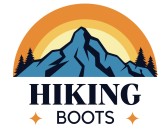
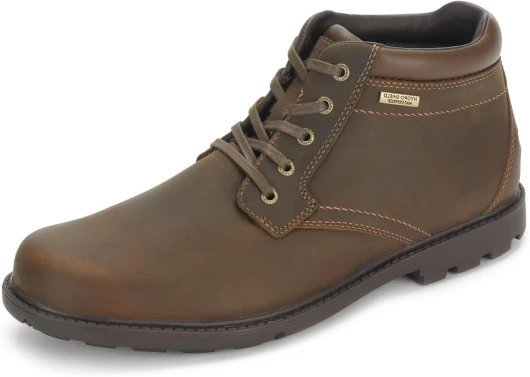
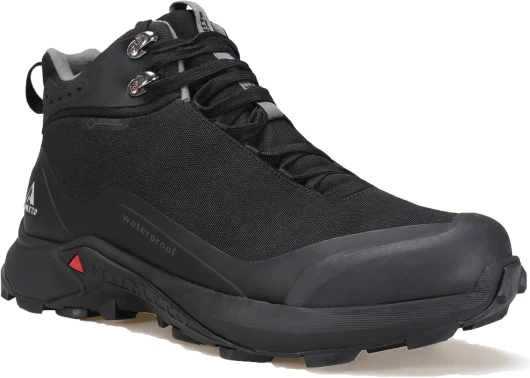
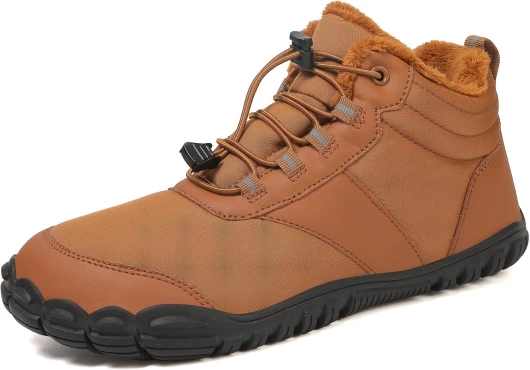
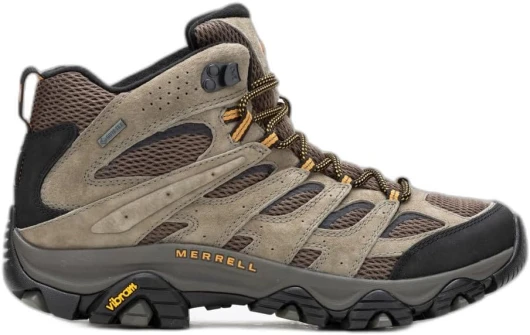
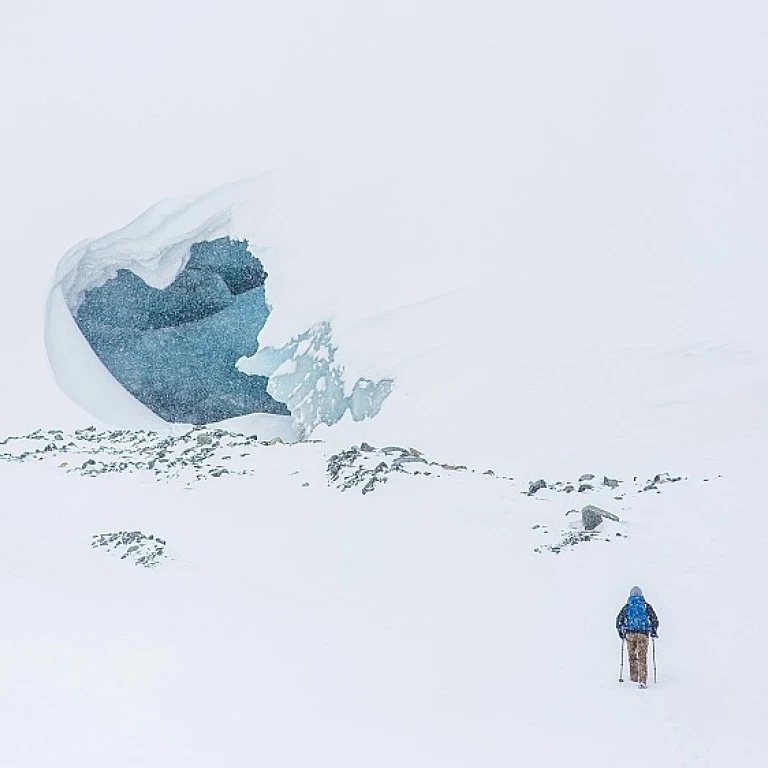
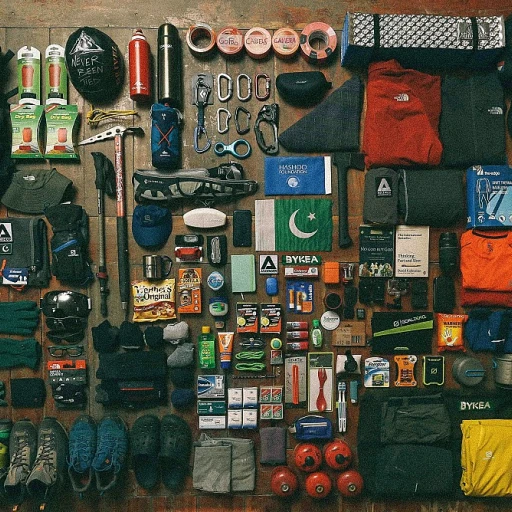
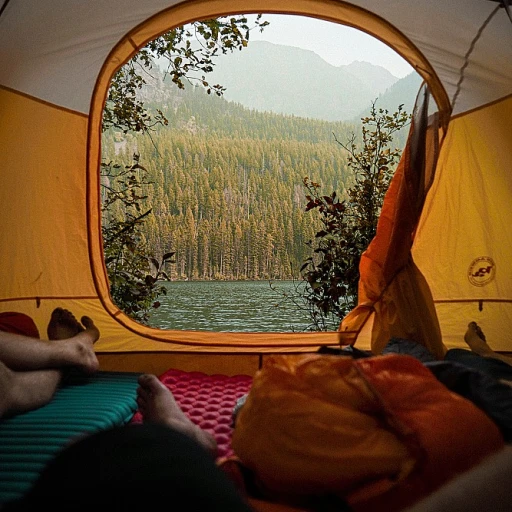
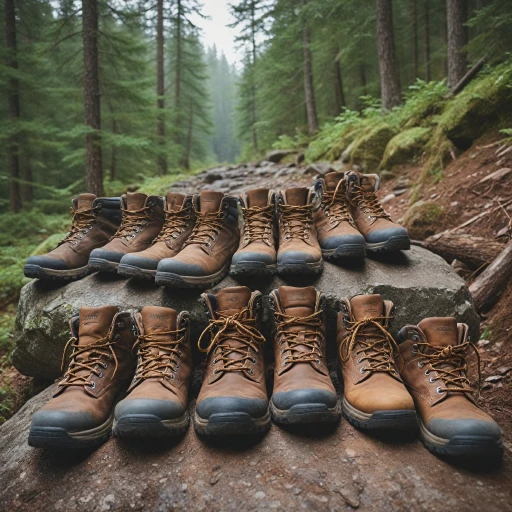
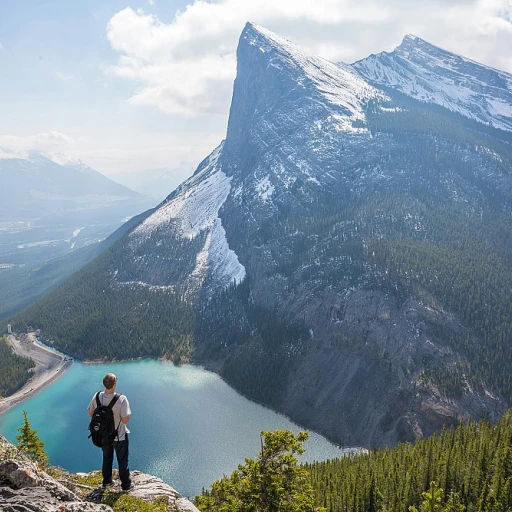
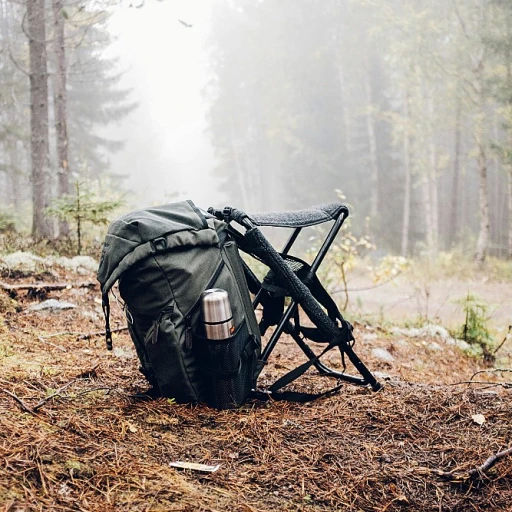

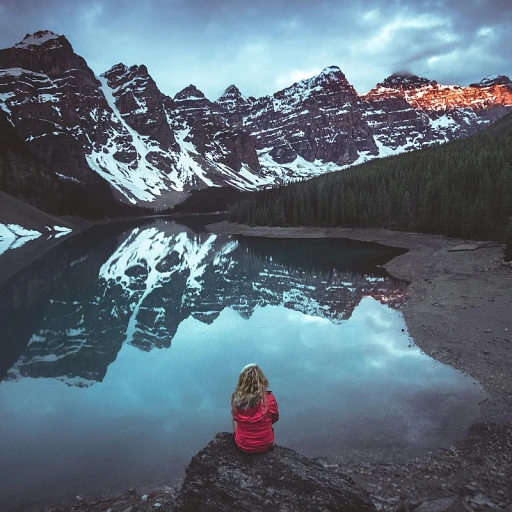
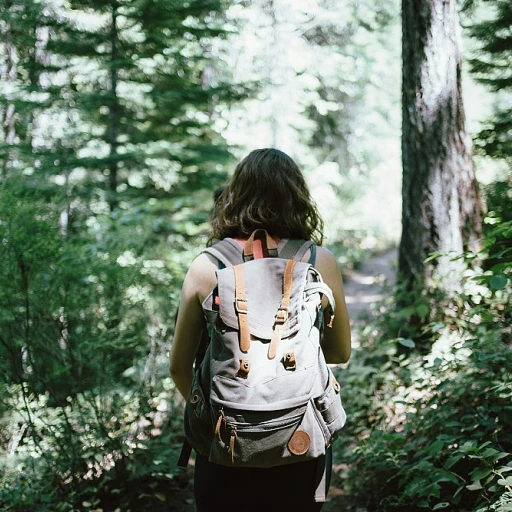
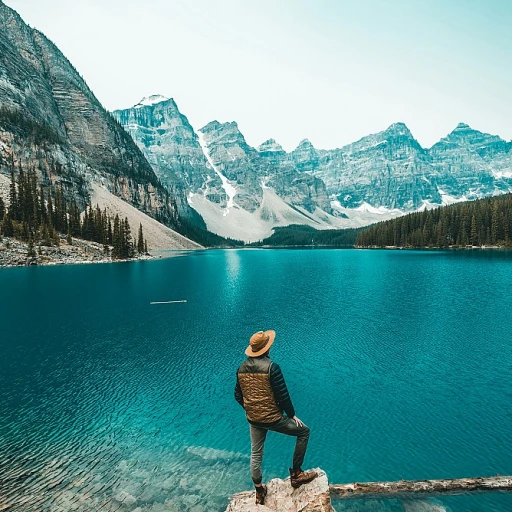
-large-teaser.webp)
